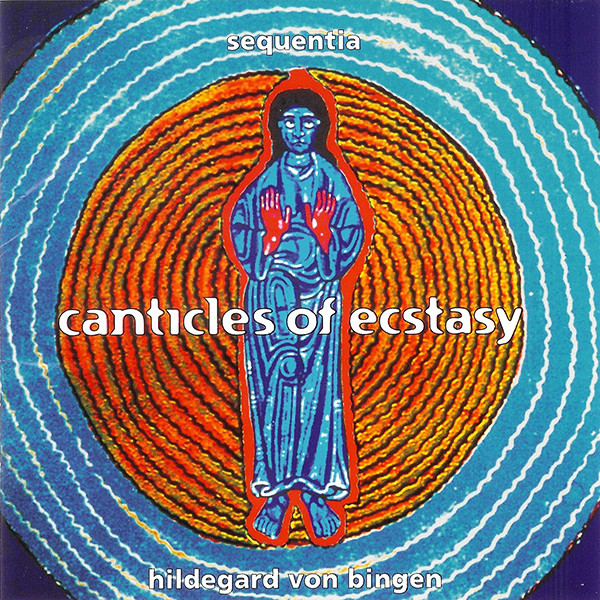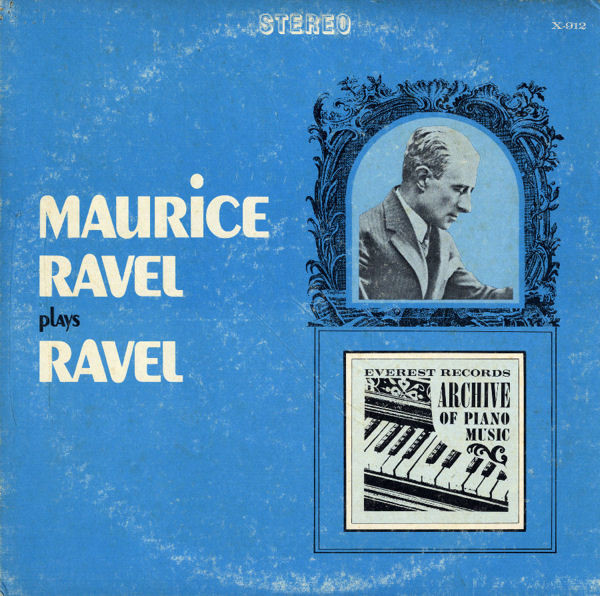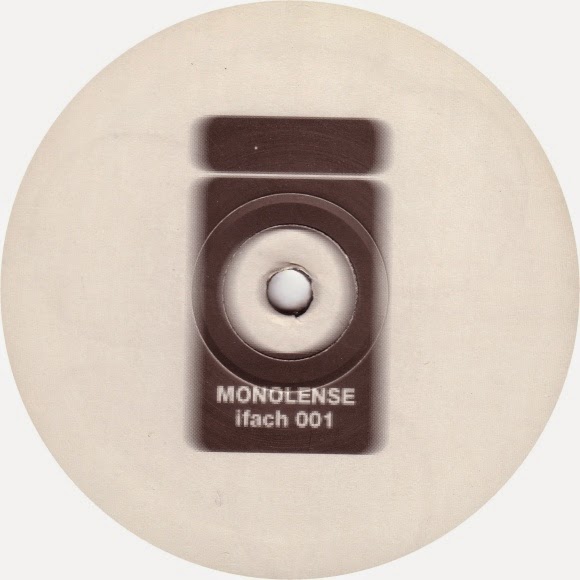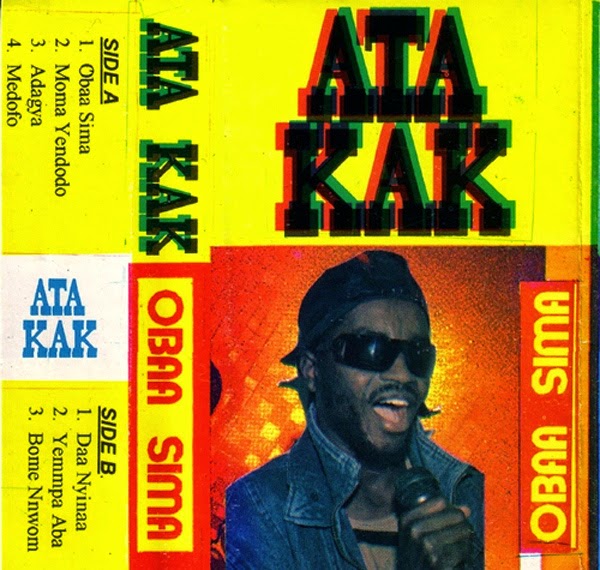
Another favorite collection of compositions by Saint Hildegard von Bingen (1098 – 17 September 1179), a German Benedictine abbess, writer, composer, philosopher, poet, doctor, visionary, Christian mystic, and polymath. She founded the practice of scientific natural history in Germany, lived to the age of 81 at a time when the life expectancy was early 40s at best, and wrote the oldest surviving morality play (sometimes called the first musical drama). Despite having no formal musical training, she was responsible for some of the most hauntingly beautiful and enduring music to come out of medieval Catholicism. Her compositions broke many of the existing conventions of plainchant, using extremes of register, dramatic leaps of pitch, melismas and flourishes to express rhapsodic, overflowing emotion.
Canticles of Ecstasy is performed by the venerable early music ensemble Sequentia, who have been active since 1977 and are known for contributing original research about the music that they study and perform. While Feather on the Breath of God featured the organistrum (aka hurdy-gurdy) drone on several tracks, Canticles of Ecstasy also includes gorgeous medieval harp and medieval fiddle arrangements. It’s also exclusively female voices, both solo and ensemble (#nunsonly). It’s also…profoundly beautiful? And it’s an ideal too-cold-to-leave-the-house shut-in soundtrack.




